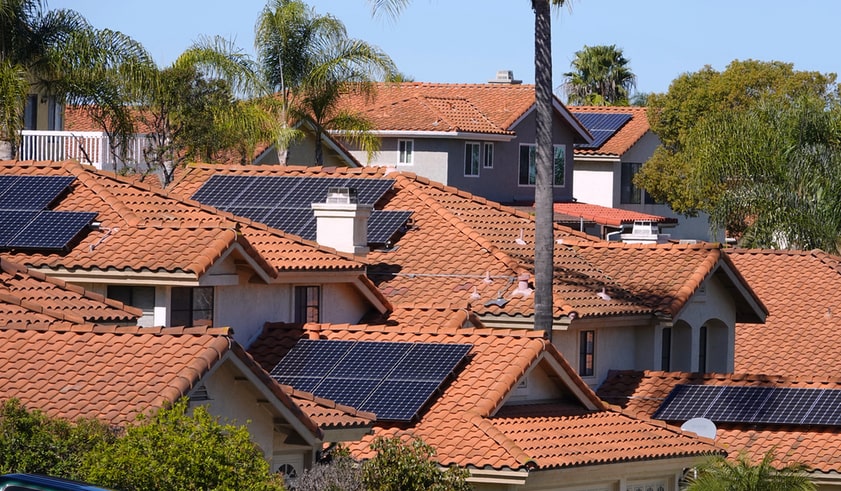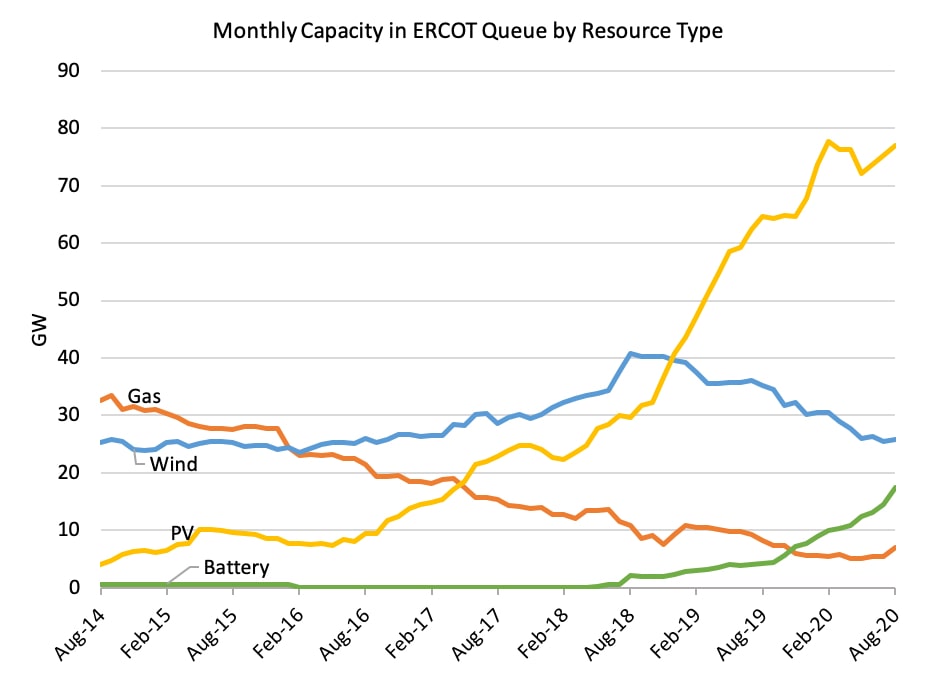The Future of the Electric Utility Industry

The fundamental changes facing electric utilities are like a slow-moving tsunami. The growth of electric vehicles, along with the increased use of renewables and the emergence of smart, distributed power systems have been well-reported for years. We have seen the tsunami brewing on the horizon, and in 2020, that wave looks closer than ever.
Electric Vehicles will Become the New Normal
Electric vehicles are becoming commonplace on our streets. Maybe there’s an electric car in your driveway, or electric busses in your city. A decade ago, there were fewer than 20,000 electric vehicles on global roadways. That number will eclipse eight million this year.
The pandemic is not slowing down EV sales. Despite a decrease in overall vehicle sales due to COVID-19, purchases of zero-emission vehicles have remained steady. Consumer interest in electric vehicles is growing exponentially as long-range battery capacities surpass 200 miles and an increasing variety of cost-effective models enter the market.
The use of electric vehicles in corporate and municipal vehicle fleets is leading the way, as companies like Amazon and DHL make commitments to electrify their fleets. Some countries, states, and cities plan outright bans of internal combustion cars in a decade or so. Cities such as San Jose, CA, Denver, CO, and Austin, TX are collaborating with state, county, regional, and utility stakeholders to develop robust regional charging infrastructure.
The impact for electric utilities is profound. California projects that EVs will represent more than 5 percent of the state’s electricity consumption by 2030. A recent U.S. Department of Energy study points to electric vehicles as the primary reason that national consumption of electricity will increase 38 percent by 2050.
But there is also another major shift underway: the long-time-coming transition away from centralized fossil fuel-powered generation, towards distributed renewable energy generation.
Renewables Reach Grid Parity
Renewable energy is the fastest-growing energy source in the United States, increasing 100% from 2000 to 2018, now making up over 17 percent of net electricity generation. For years, renewables growth has been driven largely by renewable portfolio standards and state mandates such as California’s Senate Bill 100. The legislation requires that 50 percent of the state’s electricity come from renewable generation by 2025, and that the state rely entirely on zero-emission energy sources by 2045.
But as the renewables market has matured, technologies have improved and prices have dropped. Today, renewables just make good economic sense. In fact, solar and wind are now the most affordable sources of electricity, period. In 2019, reports from analyst firms such as BloombergNEF announced that renewables had reached grid parity. Grid parity means that the cost of procuring energy from renewables has become equivalent to competing sources of generation. More recently, a 2020 study by Lazard confirmed that it is now cheaper to build new renewable power plants than it is to operate coal plants or to build any other source of generation. After analyzing recent data from two of the country'/ca/en/s largest electricity markets, ERCOT in Texas and PJM in the Northeast, Rocky Mountain Institute concluded that utilities are adding renewables to the grid at a faster rate than any other electricity source, even natural gas. The age of renewables is here.

“Monthly capacity in ERCOT queue by resource type.” Credit: Rocky Mountain Institute.
The New Imperative: Managing Peak Loads to Enhance Resilience
Historically, renewables have produced some challenges for utilities. Renewable power is intermittent, so the timing of production does not always match the timing of demand (though this is largely solved with the addition of battery storage). As for electric vehicles, they are most commonly plugged in during the evening, when drivers arrive home from work. That’s precisely when power-thirsty appliances and air-conditioning systems are also being flipped on. Left unmanaged (i.e. without consumer participation in a Time-of-Use plan), electric vehicle power can double the energy use of a home.
On top of the supply and demand changes occurring from renewables and EVs, electricity demand is also becoming constrained as a result of more frequent natural disasters tied to climate change. Heatwaves and wildfires on the West Coast, a derecho and flooding in the Midwest, and a relentless hurricane season have all put increased pressure on the grid, especially during times of peak demand.
But advanced technologies like energy storage, demand response software, and electric vehicle charging software can interact with energy markets to help utilities reduce demand and balance the grid.
Smart, Distributed Energy Assets Turn Consumers into Prosumers
Commercial energy users have become incredibly sophisticated when it comes to energy management. Today, it is not uncommon for a company to have onsite renewables and energy storage, a smart building management system that optimizes operations for energy efficiency, demand response software that can respond to utility signals to reduce electricity use, and JuiceBox Pro smart EV charging stations that can interact with the grid to take advantage of lower time-of-use rates.
Residential consumers are also getting smart about electricity. A modern home’s tech stack already includes app-based learning thermostats, appliances, and lighting. Adding a JuiceBox smart EV charger to a house with an electric car ensures you don’t double your energy consumption when you plug in.
By taking control of their energy use and becoming active participants in energy markets through smart software and digitally-connected devices, commercial and residential customers are becoming prosumers who both consume and produce electricity.
How to Get Ready
So, a picture of the electric utility industry’s future is becoming clear. Increasing demand due to the electrification of transportation. Smart homes and buildings. Solar, wind, battery storage, and microgrids. Plus, the integration of distributed, intelligently-controlled energy assets that interact with the grid to increase efficiency, flexibility, and reliability.
What’s needed now is a new breed of software and professional services to help all stakeholders manage this once-in-a-century change. The waves have not yet crashed onshore. But utility service operators, businesses, and fleet managers need to prepare now.
With the right tools and expertise, a future that may at first look threatening is in fact full of vast opportunity, as the power industry becomes more resilient, sustainable, and efficient.


